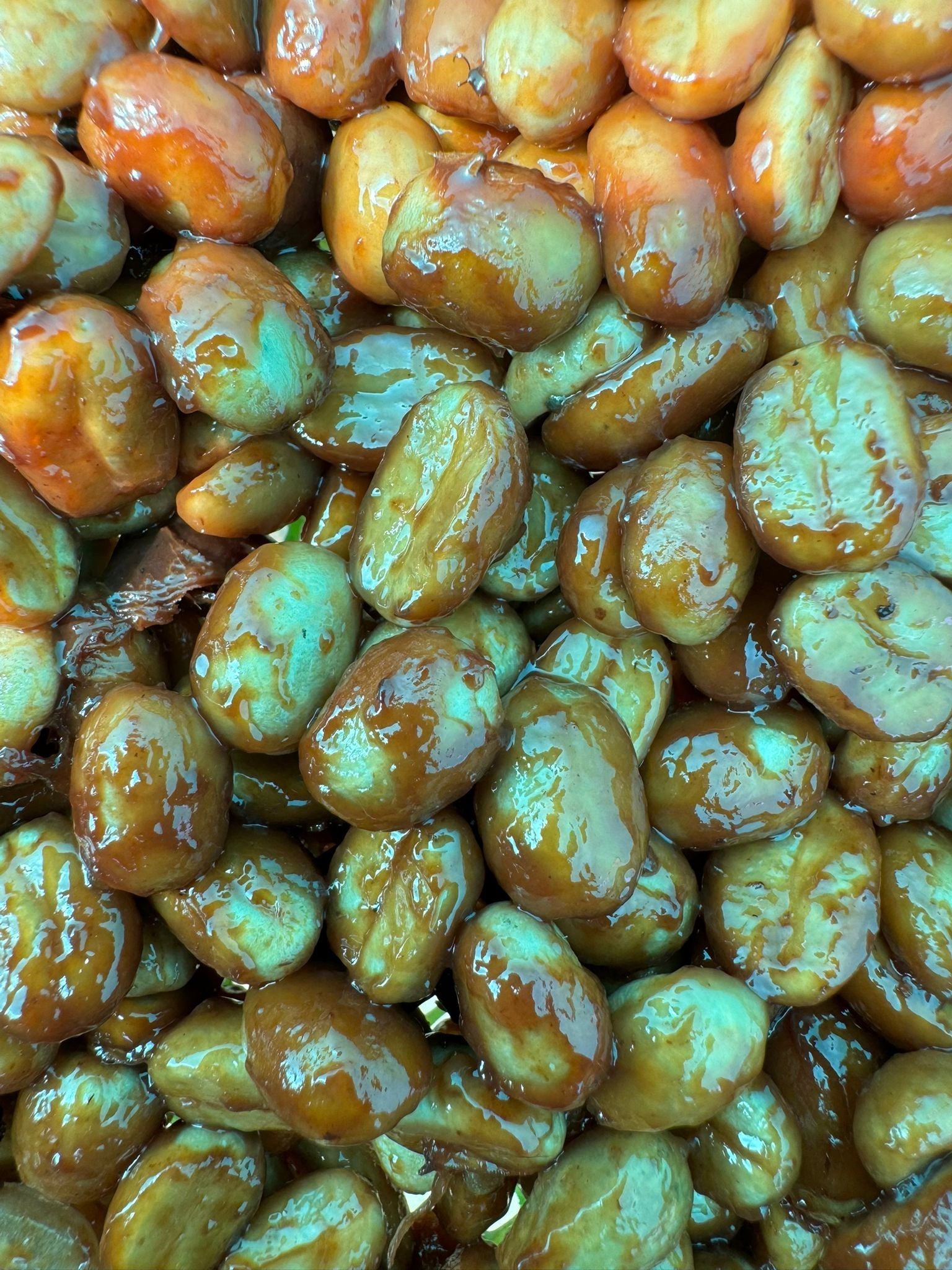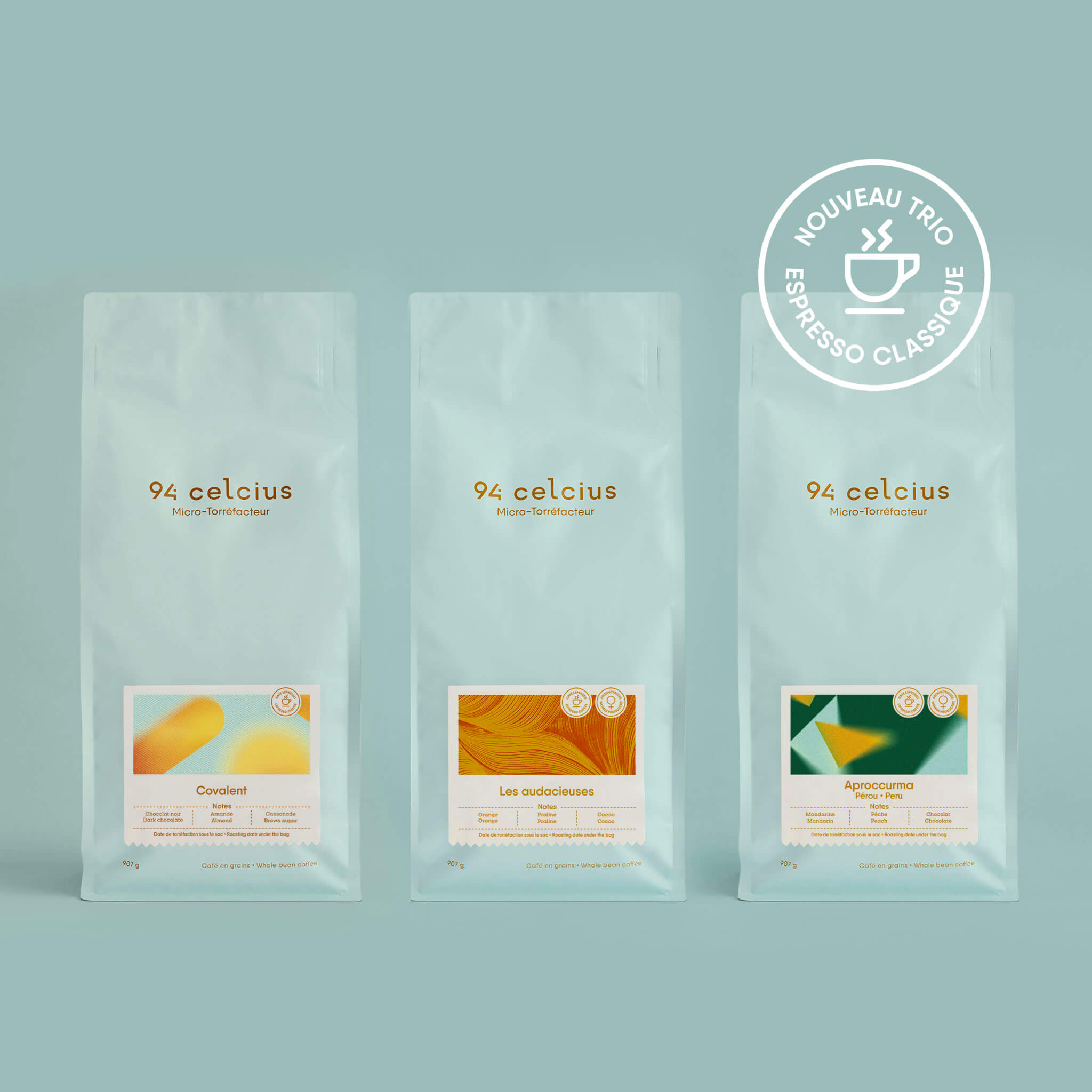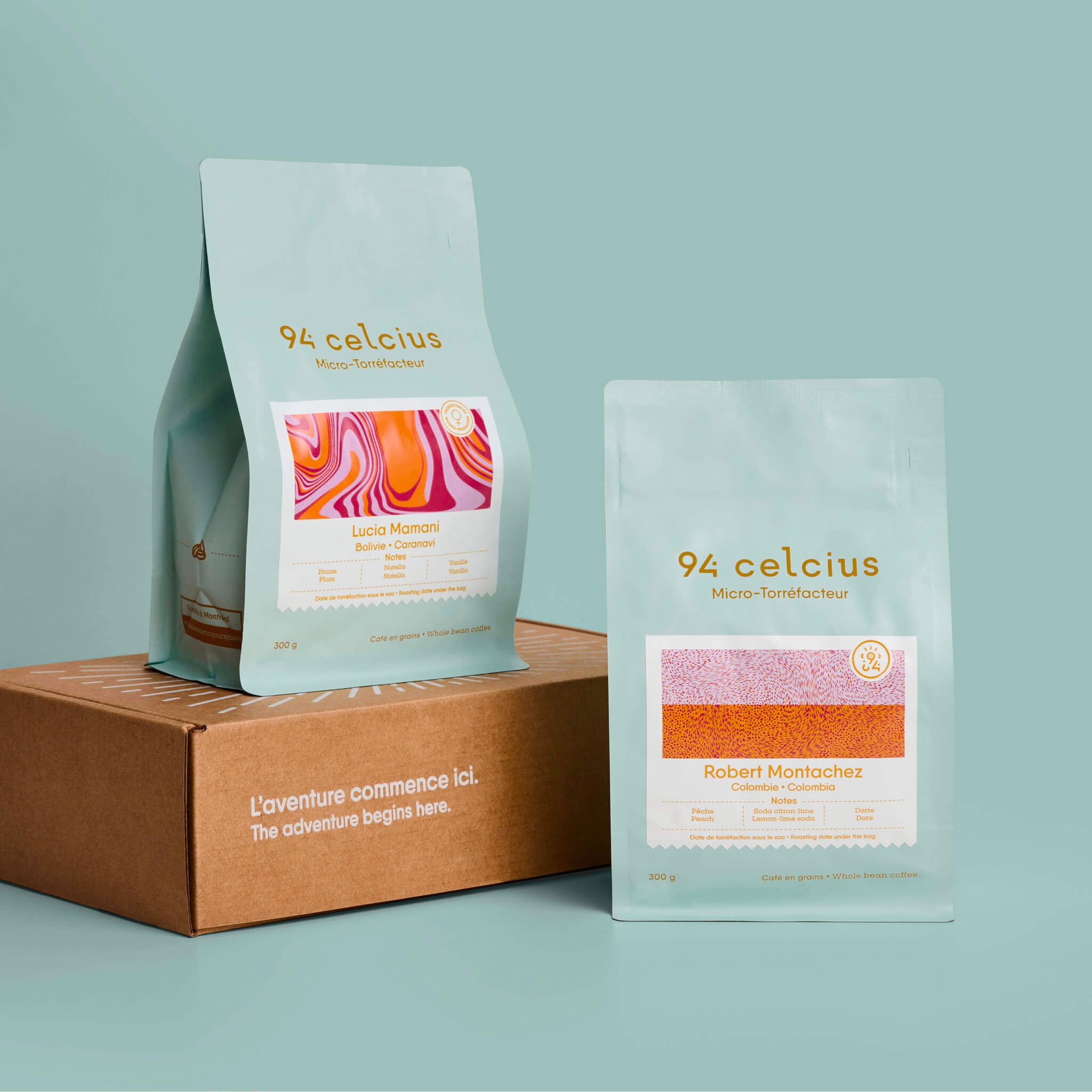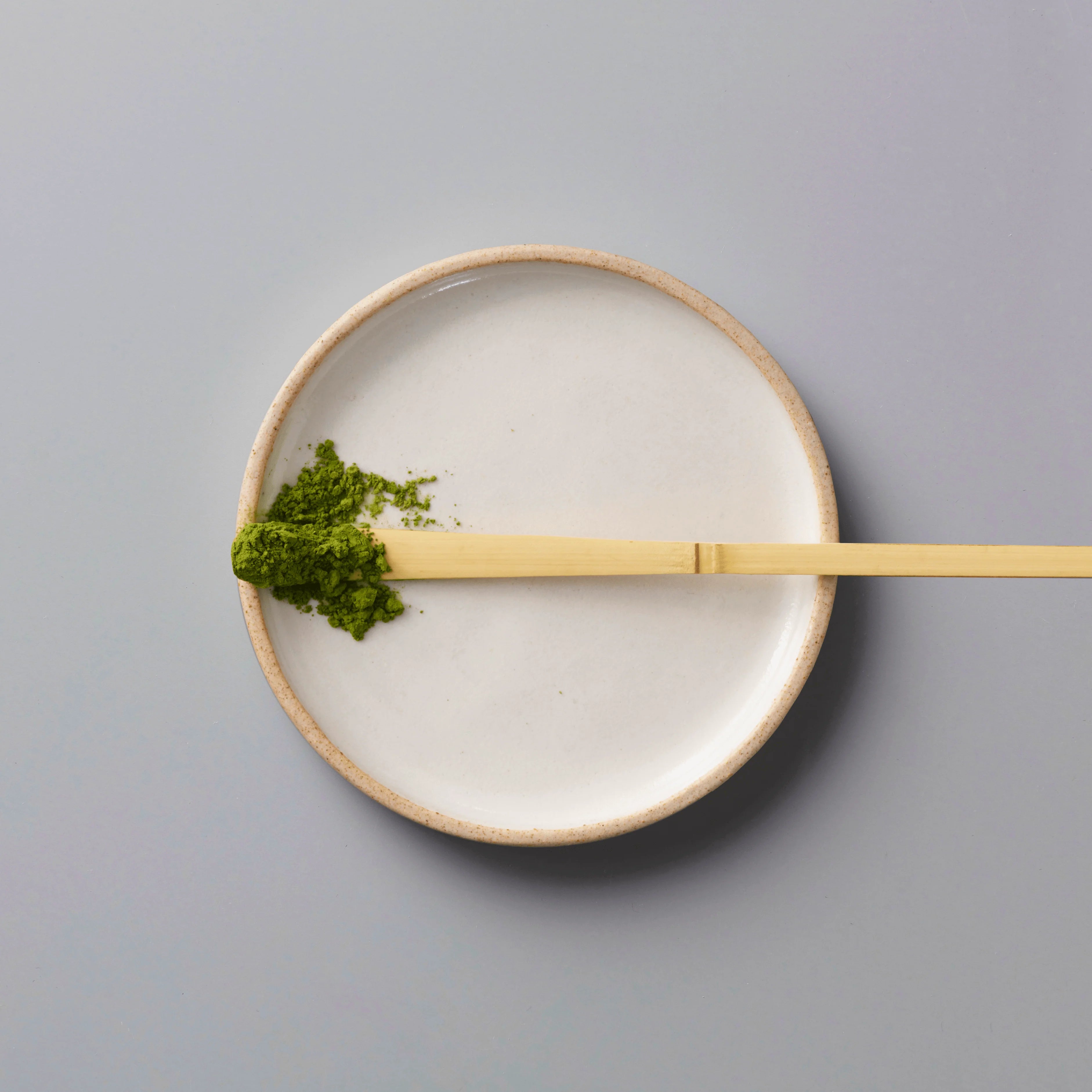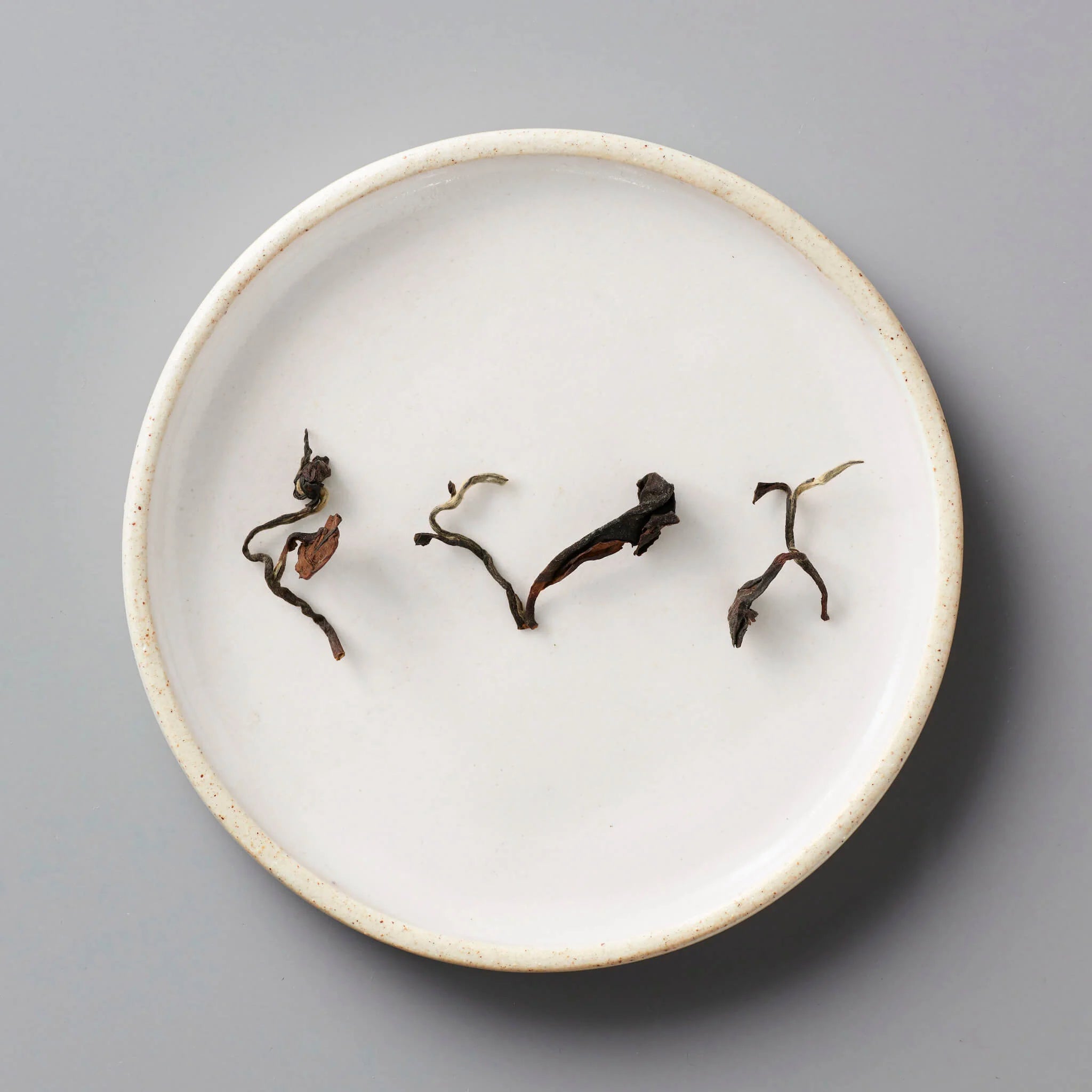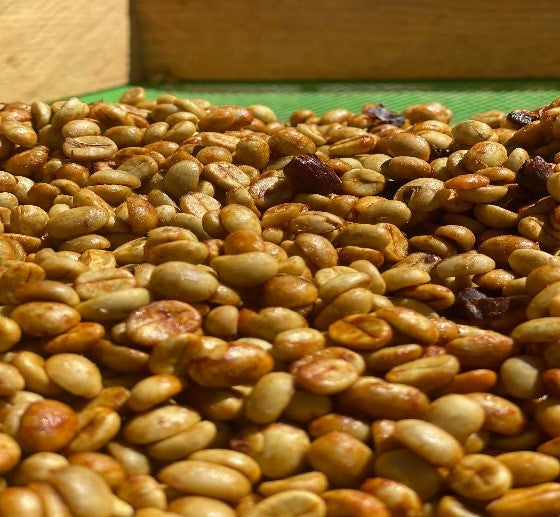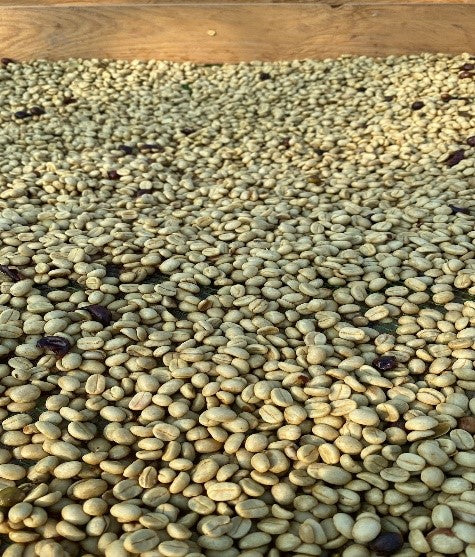The honey process: Origins and background
Sometimes called proceso Miel, enmielado, semi-washed, pulp natural or mucilage drying, the Honey process was invented in Brazil in the 1990s. At the time, Brazil was producing mainly Naturals-type coffees (a natural process in which the cherries are dried whole). Producers needed to find a way to improve uniformity (separating ripe and unripe fruit) and speed up the process.


 So they decided to pulp the coffee to pass the parchment-wrapped beans through a separator, allowing the now-pulped ripe fruit to follow a path, and the harder, unripe cherries to be set apart. This method gave rise to the famous natural pulping process, also known as Pulp Natural.
So they decided to pulp the coffee to pass the parchment-wrapped beans through a separator, allowing the now-pulped ripe fruit to follow a path, and the harder, unripe cherries to be set apart. This method gave rise to the famous natural pulping process, also known as Pulp Natural.
Why Pulp Natural well has the name says theNatural Process which is the cherry dried intact is being removed from is pulp(skin, outer layer of the Parchment) makes what is now call the Honey Coffeeprocess because after pulping the fruit you were left with a Parchment coveredby mucilage (a high concentration of sugars that remain stick to the parchment coffee).
Optimizing the drying process for growers
At first producer needed to increase uniformity by doing this newly method they discover that they could acceleratethe process as well.One of the biggest producer challenges isand always will be, drying and free space issues in harvest time. Freshlyharvested cherries requires a lot of cubical space and dries at an lower ratethan other processing method, so imagine if you have 100 pounds in cherryusually this can take up to 4 meters square at 3-5 cm high for a total dryingrate of 25-35 days this means this space wont be available for more coffeeharvested until at least a month, depending on climate conditions of course.Now make this per 100 bag pf 100 pound each, for a small small producer in Brasil this can be a normal rate of fresh harvested cherry per day, where to put all this coffee?

